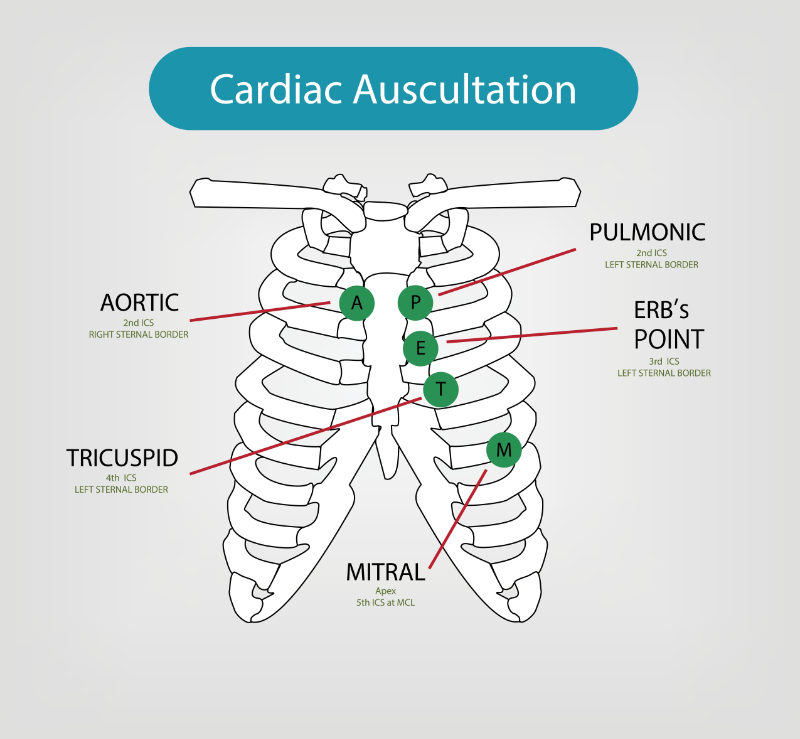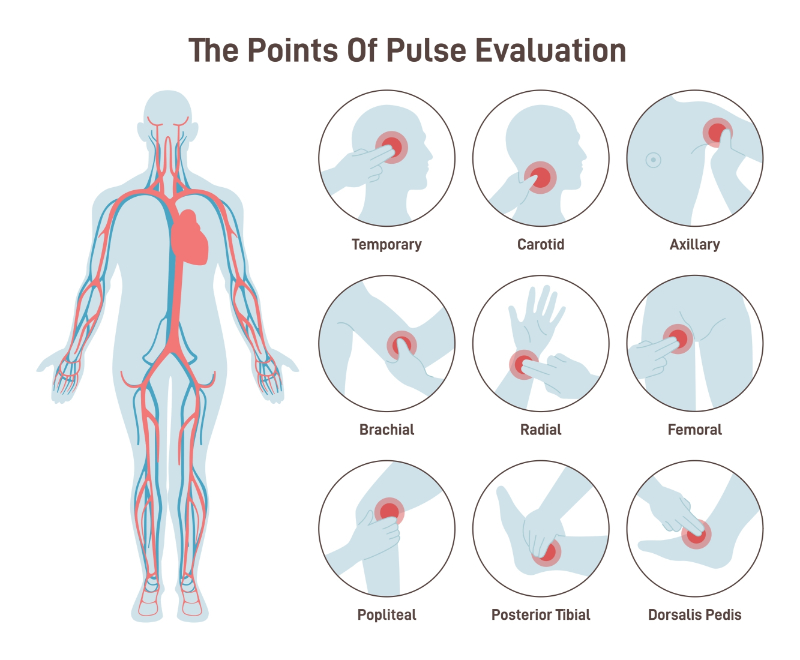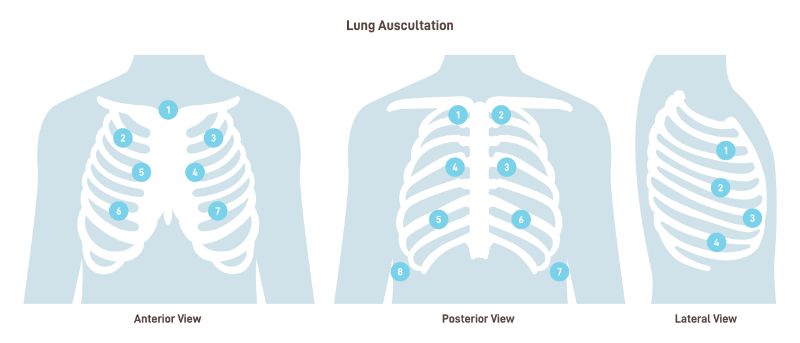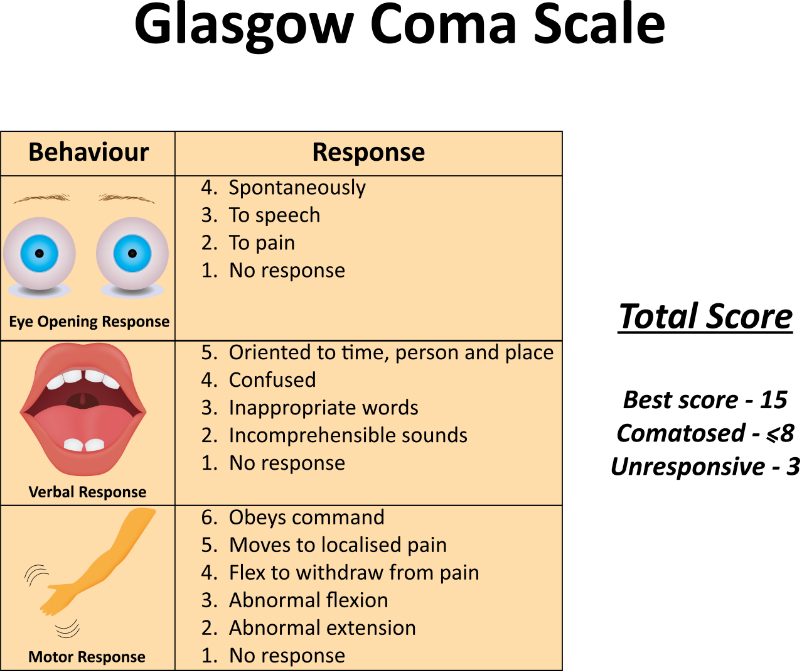Sean, the admitting physical therapist at the skilled nursing facility, welcomed a new resident, Mrs. Cook, a 72-year-old female with a history of an ischemic stroke. Since her stroke, she has experienced significant left-sided weakness and an impaired gait, requiring the use of a walker for mobility. She also needs assistance with transfers from bed and with showering.
Sean began his evaluation with a comprehensive physical therapy assessment, including a review of her medical history, a neurological examination, and a musculoskeletal assessment to determine her current functional abilities. He performed a gait analysis, balance testing, and a standardized fall risk assessment using the Morse Fall Scale, which confirmed that Mrs. Cook is at high risk for falling.
Based on his findings, Sean developed a physical therapy plan of care to improve her mobility, maximize her independence, and reduce her fall risk. The objectives included: ensuring she remains fall-free during her stay, demonstrating safe and consistent use of her walker, and effectively using the call light to request assistance when needed.
Sean implemented targeted therapeutic exercises to strengthen her lower extremities, improve postural stability, and enhance weight-shifting ability on her affected side to achieve these goals. He incorporated gait training to reinforce proper walker use and provided repeated practice with safe transfer techniques. He also coordinated with nursing staff to ensure environmental safety—keeping the call light and personal items within reach, encouraging the use of non-slip footwear, and ensuring fall risk signage was in place. Additionally, Sean trained Mrs. Cook in safe bathroom mobility strategies, including using handrails and requesting staff assistance for showering and toileting.
Over the following weeks, Mrs. Cook demonstrated steady progress. She consistently used her walker safely, requested assistance for transfers through the call light system, and maintained a fall-free record. The collaborative efforts between therapy and nursing, along with her active participation, allowed her to improve her confidence and mobility while reducing her fall risk. Mrs. Cook expressed satisfaction with her care and felt supported and secure in her environment.
Through his thorough assessment, individualized therapy interventions, and interdisciplinary collaboration, Sean was able to help Mrs. Cook remain safe, mobile, and engaged in her rehabilitation process.













